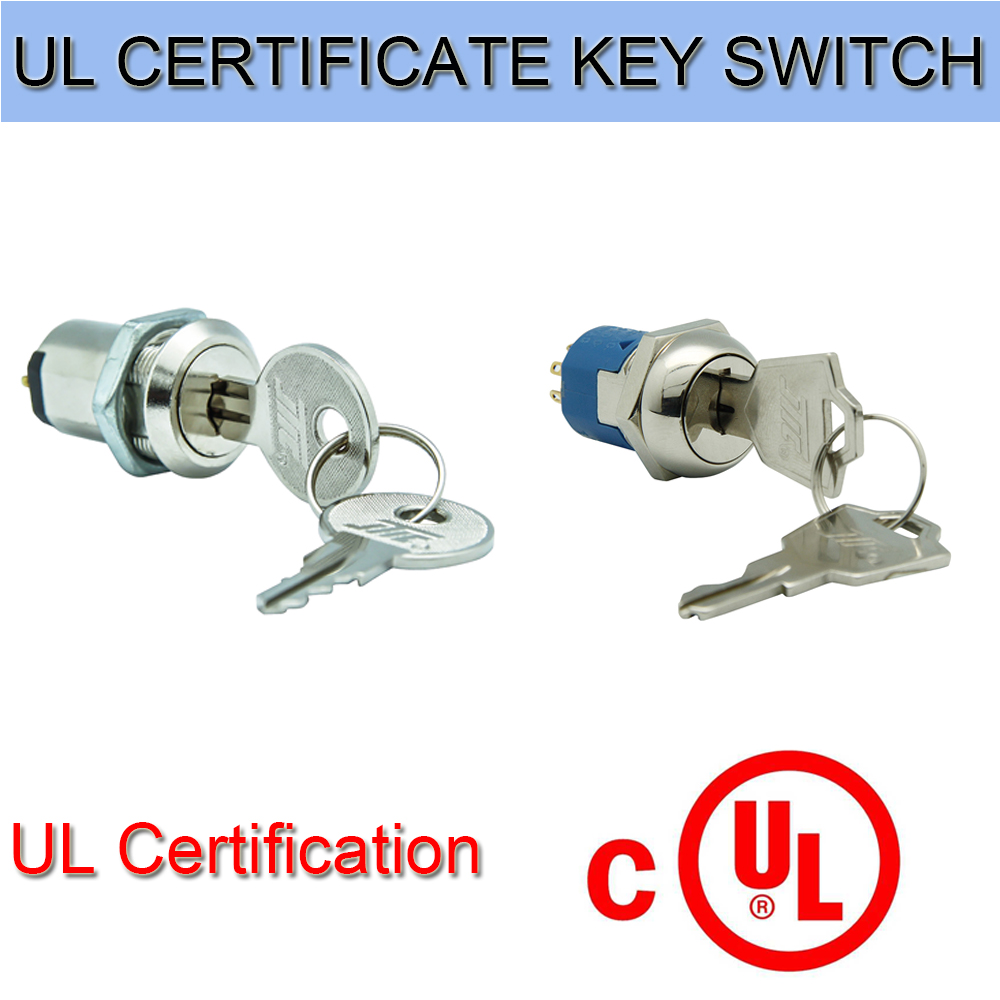**OLED**
Organic Light-Emitting Diode (OLED) is also known as organic electro-luminescent display or organic light-emitting semiconductor. It was first developed in 1979 by Chinese-American scientist Ching W. Tang in a laboratory setting. OLED technology offers several advantages, including self-illumination, wide viewing angles, near-infinite contrast ratios, low power consumption, and extremely fast response times. However, due to its advanced nature, OLED displays tend to be more expensive than traditional LCD TVs.
OLED technology was originally developed by Kodak as a patented display solution that uses organic polymer materials as semiconductors in light-emitting diodes. This innovation has led to widespread adoption across various devices, such as smartphones, digital cameras, DVD players, PDAs, laptops, car audio systems, and televisions. One of the key benefits of OLED is its thin and lightweight design, as it doesn’t require a backlight. Additionally, OLED screens offer a wide viewing angle of up to 160 degrees and operate at voltages ranging from 2 to 10 volts.
A newer variant of OLED is Flexible OLED (FOLED), which opens up possibilities for future foldable and highly portable display technologies.
**OLED Is Not Expected to Be Great**
Five years ago, many believed that OLED would soon replace liquid crystal displays (LCDs), with OLED TVs expected to become mainstream within 2–3 years. At the time, it was thought that technical challenges could be easily overcome. But today, the reality is different. Issues like high costs, high prices, low production yields, and short lifespan remain unresolved. Some people still believe that in the next 2–3 years, these problems will be solved, and OLED will finally take off.
However, despite the optimism, the industry remains divided. There are differing opinions on whether OLED can truly replace LCDs. Why did some companies abandon their OLED projects? Where do the doubts about OLED come from? Let’s explore these questions together.
**OLED Technology Must Become a Trend**
It’s only a matter of time before OLEDs overtake LCDs, just as CRTs were eventually replaced by LCDs. OLEDs offer superior display performance, new backlight modes, and greater flexibility. These features make them strong candidates for replacing LCDs. But is this really going to happen soon? In the display industry, the shift between technologies is often driven not just by innovation but by commercial interests.
**OLED TVs Still Don’t Work? That’s the Problem**
Many companies have taken different approaches regarding OLED TVs. Some are fully committed, while others tried it for a while, found issues, and now take a wait-and-see attitude. A few continue to focus on LCDs. Despite all this, OLED is clearly on the rise, offering a completely new development path compared to older LED technologies. It's possible that in the future, most products may carry the OLED label.
Some companies push for OLED for three main reasons: profit, market leadership, and early market positioning. The potential for higher profit margins is one of the driving factors, along with the desire to stay ahead in the competitive tech landscape.
But not everyone is rushing into OLED. Some companies are still hesitant. Why? They’re concerned about product quality, high costs, and waiting for the right moment. Many are hoping that technical issues will be resolved before making a full commitment.
**Why Won’t We See OLED TVs Soon?**
In the short term, it’s unlikely that OLED TVs will replace LCDs. According to industry experts, there are eight major reasons:
1. **High Price**: OLED TVs are significantly more expensive than standard 4K LCDs, often costing 1.5 to 2 times more.
2. **High Production Costs**: The technology and panel manufacturing add to the overall cost.
3. **Low Production Capacity**: Due to the complexity, mass production is difficult to achieve quickly.
4. **Low Yield Rates**: Large panels are hard to produce, leading to lower yields.
5. **Immature Market**: Only a few brands are actively developing OLED TVs, limiting the number of available products.
6. **Short Lifespan**: OLEDs tend to degrade faster, with shorter lifespans compared to LCDs.
7. **Poor Stability**: Traditional a-Si TFT technology used in LCDs isn't suitable for OLEDs, leading to instability and voltage drift issues.
8. **Display Quality Issues**: Problems like image retention, screen burn-in, and limited usage time (no more than 4 hours) remain concerns.
**Summary**
The LCD era is still ongoing, and in the short term, OLED TVs are unlikely to fully replace LCDs. While OLED holds great promise, overcoming current challenges is essential before it can become the dominant display technology.
UL Certified Switches
UL Certified Switches
Our UL Certified Switches are mainly 3 Position Key Switch with 19mm Installation size. This series is a representative , competitive and hot product in our products catalog.
UL Certified Electric Key Switch, which indicates the key switches that have UL certification. The UL Safety Laboratory is the most authoritative in the United States and the largest private institution in the world for safety testing and identification.

Our company has UL certification testing equipment, so that UL certification series Key Lock Electrical Switches products meet international standard so could meet our customer`s needs. We are devote to supplying high-quality and excellent products to our customers with the Quality management testing, supplier management, feed inspection, in-process inspection, finished product inspection, measurement ,instrument management, final personnel training , high-class quality concepts.
We are always insisted on the quality of the Key Lock Switch, so our key switches with supreme quality could be investigated. If the client receive abnormal quality, the quality team meeting will be held actively to rigorously analyze the cause of the Abnormal product and make the correct solution. The same batch of materials should be separated in time to ensure that similar quality anomalies wont happen again, so we could achieve the goal that corrective and preventive measures are taken to make efficient solutions for the UL series of Key Switches used by customers.

Ul Certified Switches,Ul Certified 16Mm Switch ,Ul Certified Waterproof Switch,Ul Certified Electric Power Switch
YESWITCH ELECTRONICS CO., LTD. , https://www.yeswitches.com


